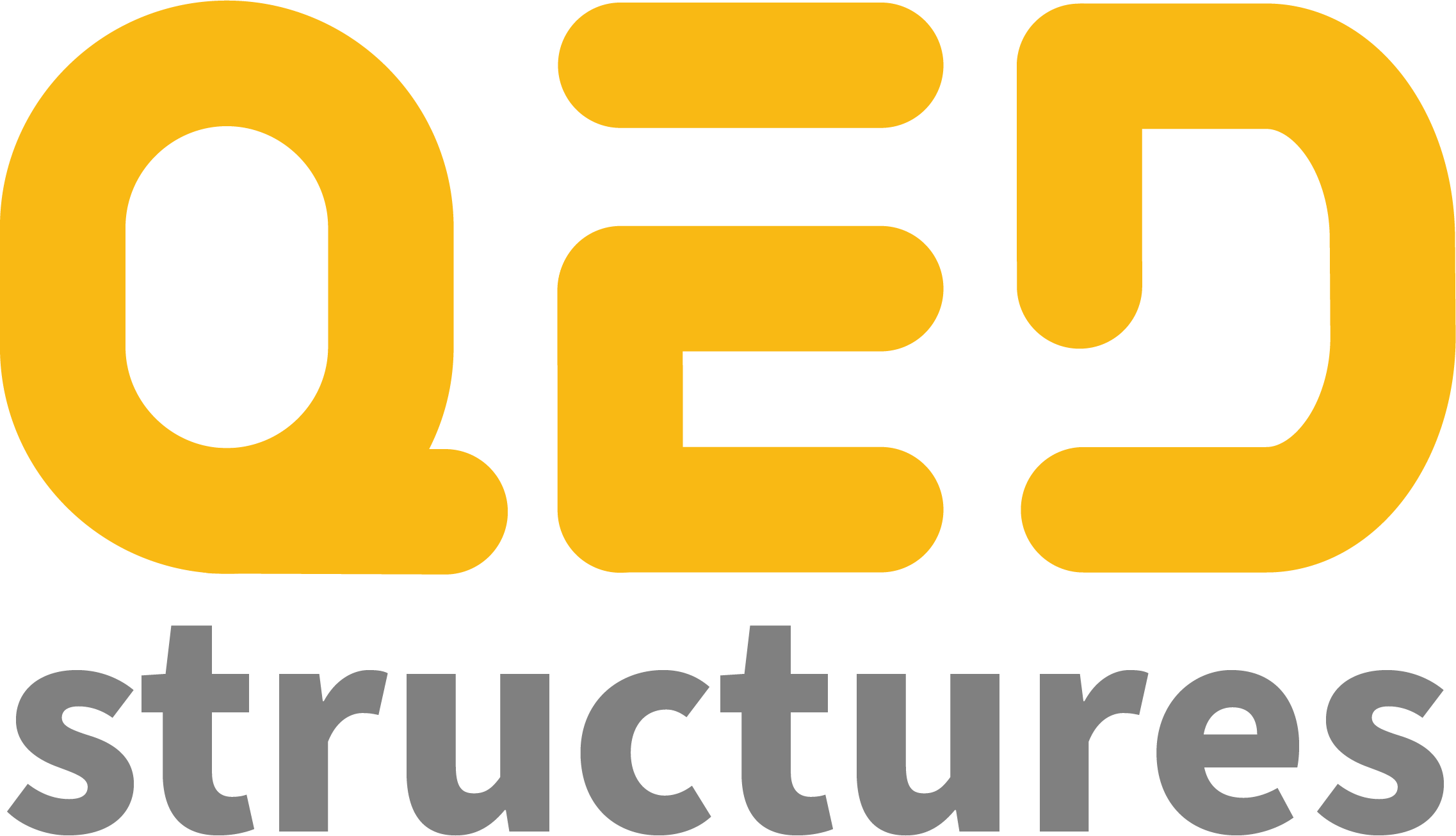services
Our services work in harmony, complementing and informing one another to deliver innovative solutions for intricate challenges. We embrace a holistic approach right from the project’s inception, taking into account the unique perspectives of each of our expertise. By viewing the project from different angles, we are able to lay a strong foundation to provide comprehensive and long-lasting solutions.
Structural
lorem ipsum








